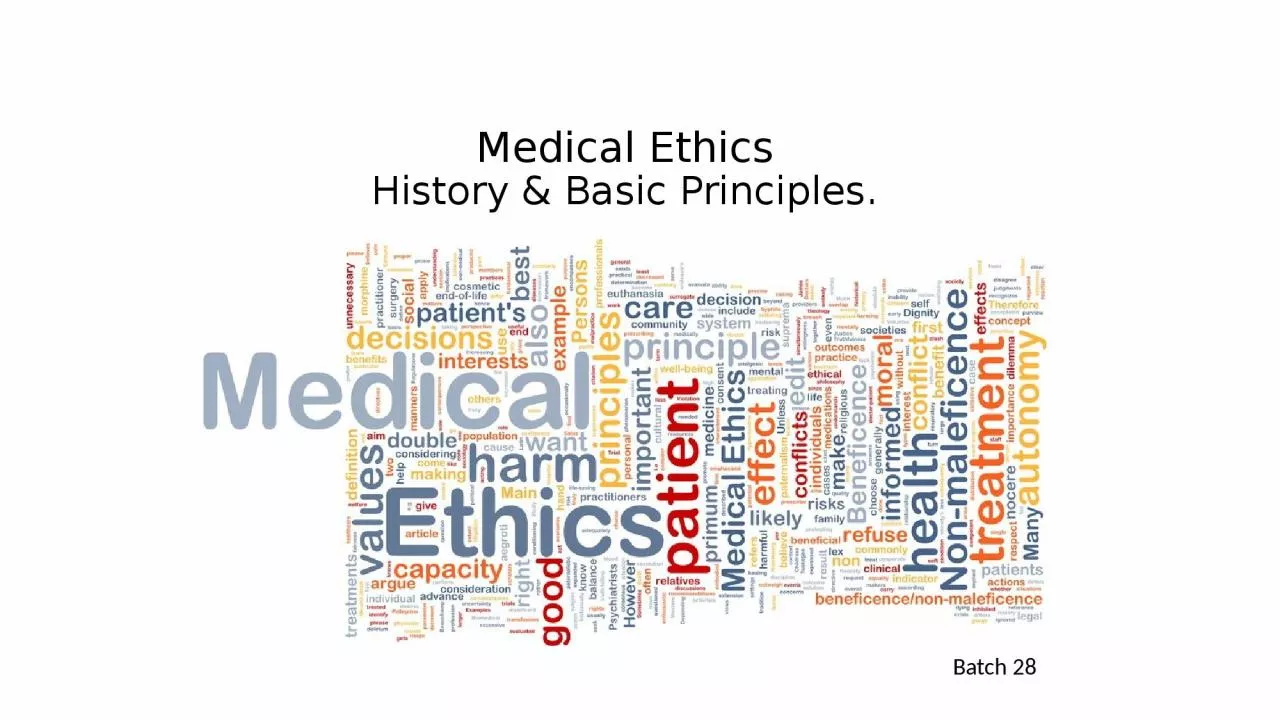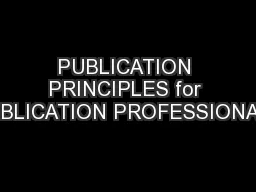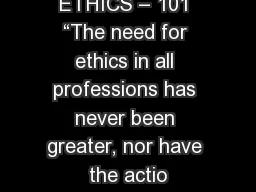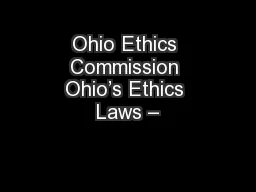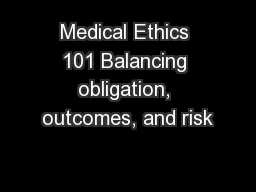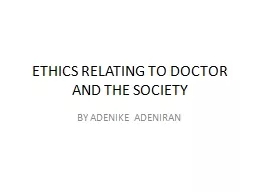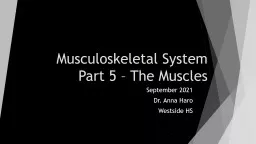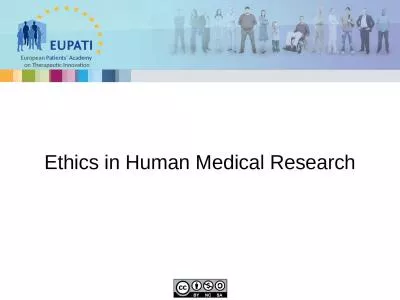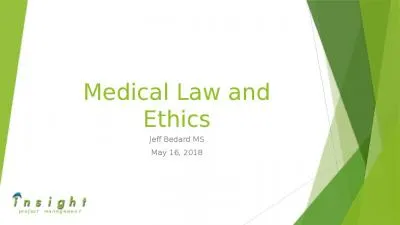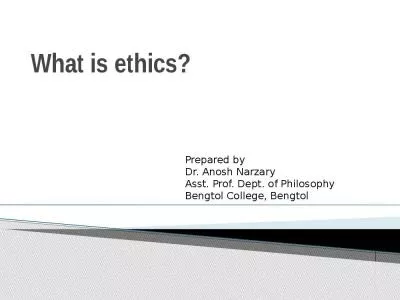PPT-Medical Ethics History & Basic Principles.
Author : emmy | Published Date : 2024-03-13
Batch 28 What Is Medical Ethics and Why Is It Important Medical ethics involves examining a specific problem usually a clinical case and using values facts and logic
Presentation Embed Code
Download Presentation
Download Presentation The PPT/PDF document "Medical Ethics History & Basic Princ..." is the property of its rightful owner. Permission is granted to download and print the materials on this website for personal, non-commercial use only, and to display it on your personal computer provided you do not modify the materials and that you retain all copyright notices contained in the materials. By downloading content from our website, you accept the terms of this agreement.
Medical Ethics History & Basic Principles.: Transcript
Download Rules Of Document
"Medical Ethics History & Basic Principles."The content belongs to its owner. You may download and print it for personal use, without modification, and keep all copyright notices. By downloading, you agree to these terms.
Related Documents

